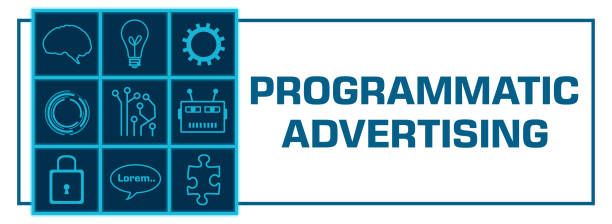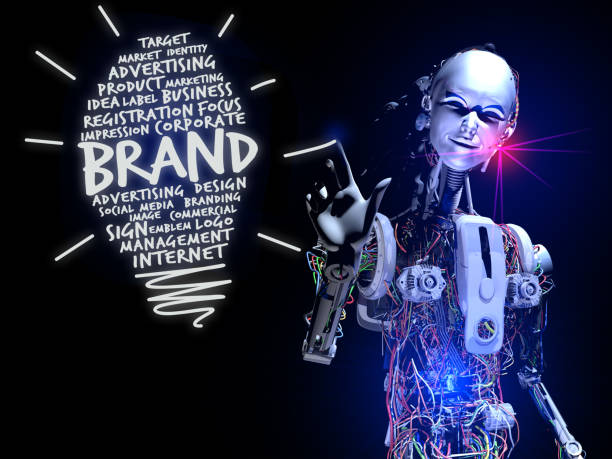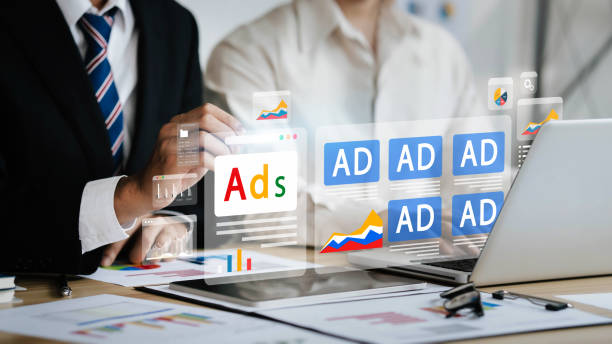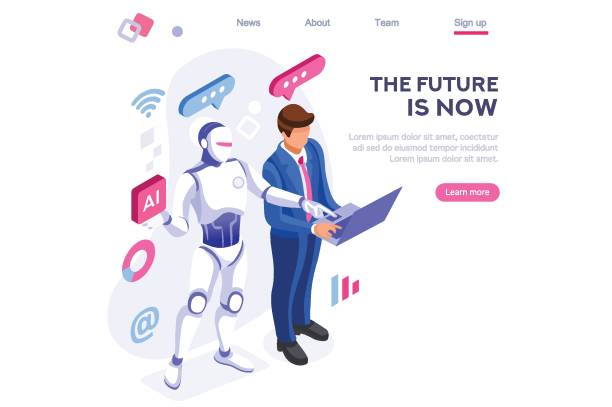
Table of Contents
Programmatic advertising has rapidly evolved over the past decade, reshaping how brands connect with their audiences through automated, data-driven ad buying. As we step into 2025, Artificial Intelligence (AI) is no longer just a supporting technology but the core engine transforming programmatic advertising into a smarter, more efficient, and highly personalized marketing powerhouse. This blog explores why AI is the ultimate game-changer for programmatic advertising in 2025, backed by recent trends, real-world examples, and expert insights.
What Is Programmatic Advertising and How AI Fits In

Programmatic advertising automates the buying and selling of digital ad space in real-time auctions, using data and algorithms to target the right audience at the right moment. Traditionally, programmatic faced challenges like inefficient bidding, generic targeting, and slow campaign adjustments.
AI technologies such as machine learning, predictive analytics, and natural language processing have revolutionized this space by enabling:
- Real-time decision-making at scale
- Hyper-personalized ad delivery based on user behavior and context
- Automated optimization of bids, budgets, and creatives
AI integrates deeply with Demand Side Platforms (DSPs) and Supply Side Platforms (SSPs), powering smarter programmatic ecosystems that continuously learn and adapt.
How AI Is Transforming Programmatic Advertising in 2025

1. AI-Driven Campaign Optimization in Real-Time
AI algorithms analyze vast amounts of data instantly to optimize campaigns on the fly. This includes adjusting bids, targeting parameters, and creative elements to maximize engagement and conversions. For example, predictive bidding models forecast which impressions will deliver the highest ROI, enabling advertisers to allocate budgets efficiently and reduce wasted spend.
2. Hyper-Personalization at Scale
AI enables delivering highly personalized ads tailored to individual preferences, behaviors, and even the content they consume. Advances in generative AI allow dynamic creation of ad content that matches viewer context — for instance, a travel ad dynamically adapting to show family-friendly or adult-only destinations based on viewer profiles. This level of personalization dramatically boosts click-through rates and user engagement.
3. Predictive Analytics for Smarter Budget Allocation
By analyzing historical and real-time data, AI predicts consumer behavior and market trends. This foresight helps marketers adjust their strategies proactively, optimizing budget allocation across channels and audiences to maximize impact.
4. Automated Creative Content Generation
AI-powered tools generate and test multiple ad variations automatically, speeding up creative workflows and enabling continuous improvement. This dynamic creative optimization (DCO) ensures ads remain fresh, relevant, and effective without heavy manual input.
5. Privacy-Safe Targeting Amid Evolving Regulations
With growing data privacy concerns and regulations, AI helps advertisers navigate these challenges by leveraging contextual targeting and first-party data. AI models can deliver relevant ads without relying heavily on third-party cookies, ensuring compliance while maintaining effectiveness.
6. Fraud Detection and Transparency
AI combined with blockchain technologies is enhancing transparency in programmatic ecosystems by detecting fraudulent traffic and ensuring ad spend reaches genuine audiences. This builds trust and improves campaign accountability
Real-World Examples and Case Studies
- Microsoft Advertising uses AI-driven tools to deliver personalized, privacy-safe programmatic campaigns that adapt in real-time to user behavior, boosting engagement and conversions.
- Meta Ads leverages AI predictive targeting to reduce cost per lead and increase campaign efficiency through continuous learning and optimization.
- DSPs like The Trade Desk employ machine learning to optimize real-time bidding strategies, improving ROI by dynamically adjusting bids based on market conditions and user signals.
- A recent AI-powered campaign for a retail brand saw a 20-30% increase in ROI by using predictive analytics to target seasonal buyers ahead of time and dynamically optimize creatives
Benefits of AI-Driven Programmatic Advertising for Marketers

- Enhanced Efficiency: Automates time-consuming tasks, freeing marketers to focus on strategy
- Precision Targeting: Reaches hyper-segmented audiences with relevant messages
- Higher ROI: Reduces wasted spend through smarter bidding and budget allocation
- Faster Adaptation: Responds instantly to market changes and consumer behavior shifts
- Improved Measurement: Provides accurate attribution and performance insights
Challenges and Considerations
- Human Oversight Needed: AI should complement, not replace, human creativity and strategic judgment to maintain brand safety and message quality
- Data Privacy Compliance: Marketers must ensure AI tools align with regulations like GDPR and CCPA
- Integration Complexity: Adopting AI requires seamless integration with existing ad tech stacks and training teams on new workflows
The Future Outlook Beyond 2025
Looking ahead, AI will continue to deepen its impact on programmatic advertising:
- Expansion into new channels like digital out-of-home (DOOH) with AI-driven personalization
- Greater use of blockchain for transparency and fraud prevention
- Enhanced first-party data strategies powered by AI for identity resolution
- More sophisticated generative AI for creative innovation and audience engagement
Frequently Asked Questions (FAQs)
Q1: What is programmatic advertising and how does AI improve it?
Programmatic advertising automates digital ad buying using data and algorithms. AI enhances it by enabling real-time optimization, hyper-personalization, and smarter budget allocation.
Q2: How does AI optimize digital ad spend in programmatic campaigns?
AI analyzes data to predict which impressions will perform best, adjusting bids and targeting in real-time to maximize ROI and reduce wasted spend.
Q3: Is AI in programmatic advertising safe for user privacy?
Yes, AI helps comply with privacy laws by using contextual targeting and first-party data, reducing reliance on third-party cookies.
Q4: Can AI replace human marketers in programmatic advertising?
No, AI automates many tasks but human oversight is essential for strategy, creativity, and brand safety.
Q5: What are the top AI tools used in programmatic advertising in 2025?
Popular tools include Google Marketing Platform, The Trade Desk, Microsoft Advertising AI, and Dynamic Yield for personalization and optimization.
Q6: How can small businesses leverage AI-driven programmatic advertising?
Small businesses can use AI-powered DSPs and self-service platforms to run targeted, cost-effective campaigns with automated optimization.
Conclusion
AI is undeniably the game-changer for programmatic advertising in 2025, driving unprecedented efficiency, personalization, and ROI. Marketers who embrace AI-powered programmatic tools will gain a competitive edge by delivering smarter, more relevant ads that resonate with audiences in real-time. At DigiSparkle, we help businesses harness the power of AI-driven programmatic advertising to maximize digital ad spend and achieve measurable results. The future of advertising is intelligent, automated, and personalized — and it starts now.
